Introduction
Pickled dried radish, a traditional delicacy in many Asian cuisines, offers a tangy, crunchy, and flavorful addition to meals. This preserved vegetable dish is not only a testament to the art of fermentation and preservation but also a delightful way to enjoy the earthy sweetness of radishes long after their harvest season. Whether you’re looking to relish a side dish with a unique twist, incorporate a probiotic-rich food into your diet, or simply preserve your garden’s bounty, learning how to make pickled dried radish is a rewarding culinary endeavor.
In this comprehensive guide, we’ll walk you through the entire process, from selecting the perfect radishes to storing your finished pickles. We’ll cover the basics, provide tips for troubleshooting, and share variations to suit different tastes and dietary preferences. By the end, you’ll be equipped with the knowledge and skills to create your own batch of delicious, homemade pickled dried radish.
Chapter 1: Understanding the Ingredients
Before diving into the recipe, let’s take a closer look at the key ingredients and their roles in the pickling process.

1 Radishes
The foundation of any pickled dried radish recipe is, of course, the radish itself. While any variety can be used, some are better suited for drying and pickling than others. Daikon radishes, known for their large size and mild flavor, are a popular choice. However, smaller, more pungent varieties like cherry radishes can also be used for a different texture and taste profile.
When selecting radishes, look for firm, fresh specimens with smooth, unblemished skin. Avoid those that are soft, wrinkled, or have spots, as they may be past their prime.
2 Salt
Salt plays a crucial role in pickling by drawing out moisture from the radishes, creating an environment unfavorable for harmful bacteria, and enhancing flavor. For pickled dried radish, kosher salt or sea salt is recommended over table salt due to its larger grain size and purer taste.
3 Vinegar
Vinegar, another essential ingredient, acts as a preservative and adds tanginess to the pickles. Apple cider vinegar, rice vinegar, and distilled white vinegar are all suitable options. Each type offers a distinct flavor profile, so choose one that complements your taste preferences.
4 Sugar or Honey (Optional)
While not strictly necessary, adding a bit of sugar or honey can balance the acidity of the vinegar and add a touch of sweetness to the pickles. This is particularly useful if you prefer a milder, more approachable flavor.
5 Spices and Herbs (Optional)
To elevate your pickled dried radish, consider incorporating spices and herbs like garlic, ginger, chili flakes, or cilantro. These additions can add complexity and depth to the final dish.
Chapter 2: Preparing the Radishes
Now that you understand the ingredients, let’s move on to the preparation process.
1 Washing and Peeling
Start by thoroughly washing the radishes under running water to remove any dirt or debris. Depending on the variety and your preference, you may peel them or leave the skin on. Daikon radishes, for instance, often have a tough outer layer that’s best removed.
2 Slicing
Slice the radishes into uniform pieces. Thinner slices will dry faster but may become overly chewy if not cooked properly. Thicker slices retain more moisture and texture but take longer to dry. Aim for slices that are about 1/4 to 1/2 inch thick.
3 Salting
Layer the sliced radishes in a bowl or on a tray, sprinkling each layer with salt. The amount of salt will depend on the size of your batch and personal preference, but a general guideline is about 1 tablespoon of salt per pound of radishes. Use your hands to gently toss and press down on the radishes to ensure the salt is evenly distributed.
Let the salted radishes sit for several hours or overnight. This drawing process will extract moisture, soften the radishes, and begin the fermentation process.
Chapter 3: Drying the Radishes
Once the radishes have been salted and their moisture drawn out, it’s time to dry them.
1 Air-Drying
The traditional method for drying radishes is to let them air-dry in the sun or a well-ventilated area. Spread the radishes out on clean, mesh trays or muslin cloths to ensure even drying. Depending on the climate and humidity, this can take several days to a week.
2 Oven-Drying
For a quicker drying method, you can use your oven’s lowest setting (usually around 150°F or 65°C). Spread the radishes in a single layer on baking sheets and place them in the oven. Prop the oven door open slightly with a wooden spoon to allow moisture to escape. Oven-drying typically takes 4-6 hours, but keep an eye on the radishes to prevent them from burning.
3 Dehydrator
Using a food dehydrator is the most controlled and consistent method for drying radishes. Set the temperature to around 115°F (46°C) and dry the radishes until they are completely brittle, usually 6-12 hours depending on thickness.
Chapter 4: Pickling the Dried Radishes
With your dried radishes ready, it’s time to pickle them.
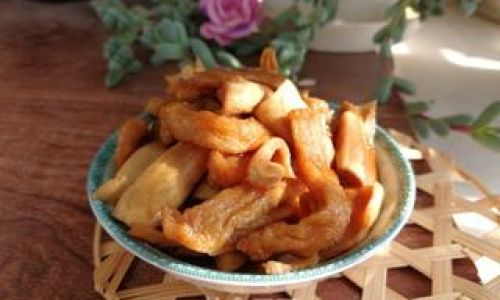
1 Preparing the Pickling Liquid
In a large pot, combine vinegar, water, sugar or honey (if using), and any spices or herbs you wish to incorporate. The ratio of vinegar to water can vary, but a good starting point is 1 part vinegar to 2 parts water. Taste the mixture and adjust the seasoning to your liking.
2 Heating the Liquid
Bring the pickling liquid to a simmer over medium heat, stirring occasionally until the sugar or honey is fully dissolved. Be careful not to let it boil vigorously, as this can reduce the liquid’s effectiveness as a preservative.
3 Adding the Radishes
Once the liquid is hot but not boiling, carefully add the dried radishes. Use a spoon or tongs to submerge them fully. If the radishes float, you can place a smaller plate or bowl on top to keep them submerged.
4 Cooling and Storing
Allow the pickling mixture to cool to room temperature with the radishes still submerged. This can take several hours. Once cool, transfer the radishes and liquid to clean, sterile jars, ensuring the radishes are fully covered by the liquid.
Seal the jars tightly and store them in a cool, dark place. The pickled dried radishes will continue to ferment slightly and develop flavor over time. For best results, wait at least a week before opening the jars to allow the flavors to meld.
Chapter 5: Troubleshooting and Tips
Even with careful preparation, issues can arise when making pickled dried radish. Here are some common problems and solutions:
1 Soft or Mushy Radishes
If your dried radishes are too soft, it may be due to insufficient drying or too much moisture in the pickling liquid. Ensure the radishes are fully dried before pickling and consider reducing the amount of water in the pickling liquid.
2 Cloudy Pickling Liquid
Cloudiness in the pickling liquid is often caused by natural yeasts and bacteria present on the radishes. While this is generally harmless, it can affect the appearance of your pickles. To prevent cloudiness, use clean, sterile equipment and ensure the radishes are fully submerged in the liquid.
3 Strong Vinegar Smell
If the vinegar smell is too strong for your taste, try reducing the amount of vinegar in the pickling liquid or adding more sugar or honey to balance the flavors.
Chapter 6: Variations and Creative Uses
Pickled dried radish is a versatile ingredient that can be enjoyed in various ways. Here are some creative variations and uses:
1 Spicy Pickled Radishes
For a spicy kick, add chili flakes, sliced jalapenos, or a few whole red chili peppers to the pickling liquid.
2 Garlic and Herb Infused
Infuse your pickling liquid with garlic cloves, fresh herbs like dill or cilantro, and a bit of mustard seed for added complexity.
3 Sweet and Sour Pickles
Increase the ratio of sugar or honey to vinegar for a sweeter, more tangy pickled radish. This variation is perfect as a snack or on top of salads.
4 Using Pickled Dried Radish in Cooking
Incorporate pickled dried radish into dishes like stir-fries, soups, or grain bowls for a crunchy, tangy burst of flavor. They can also be used as a garnish for tacos, burgers, or sandwiches.
Conclusion
Making pickled dried
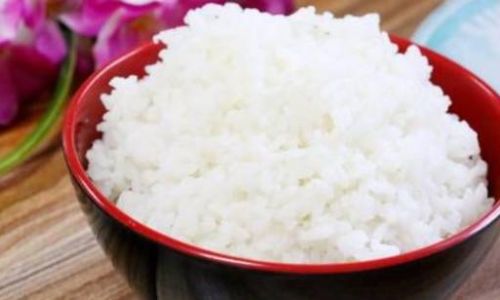
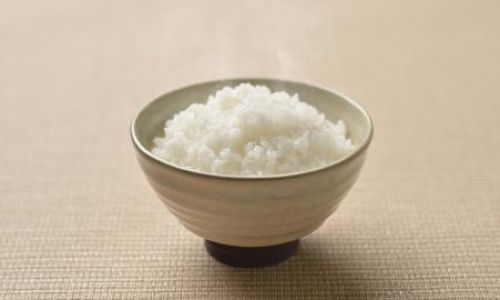
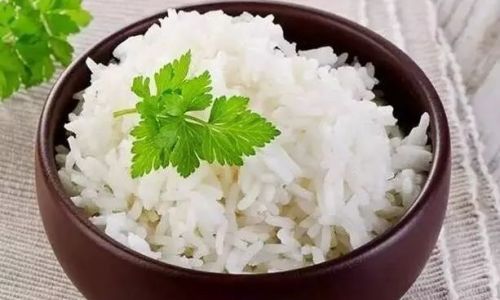
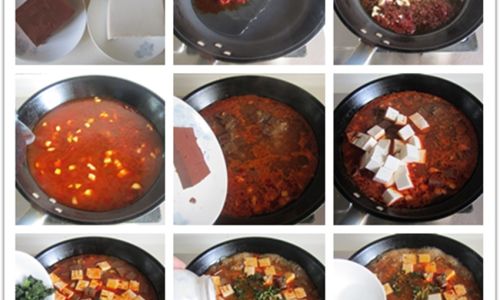

0 comments